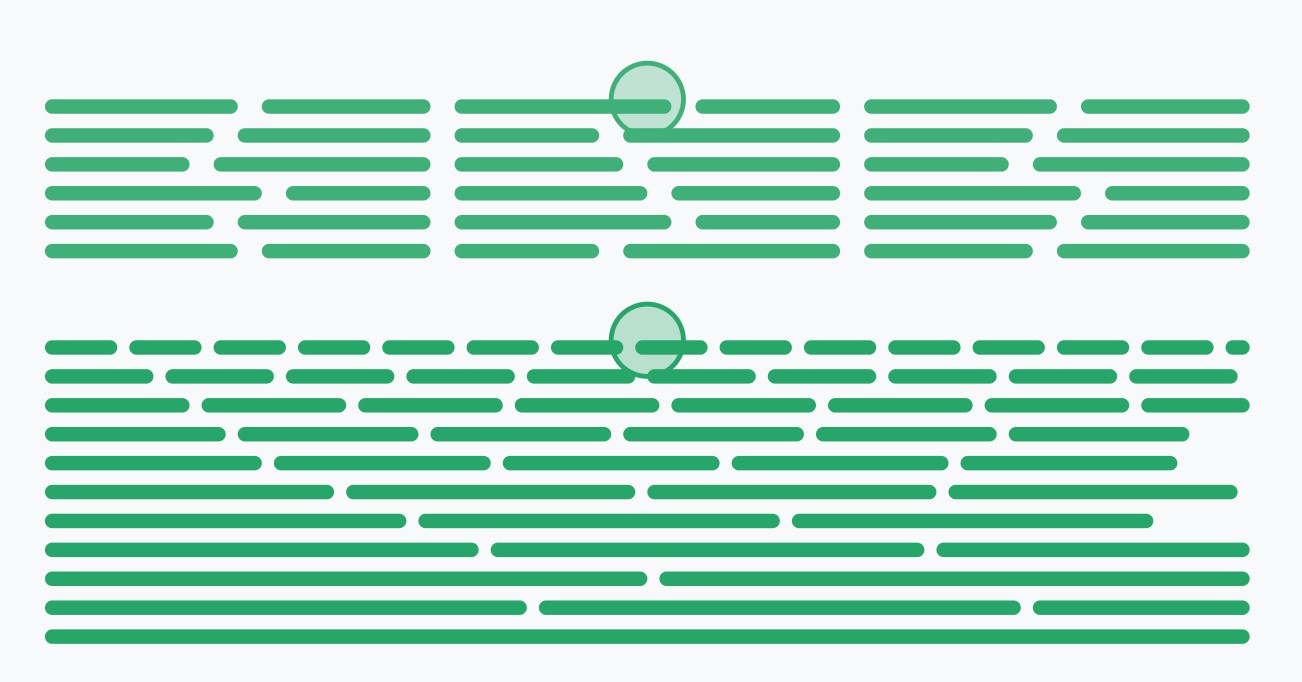Category: AI
-

How much of your content survives the AI Search filter?
But how much if your page content actually makes it to the model? About one third on average. Metric Value Total Characters Across All Pages 21,198 Total Characters Cited 6,818 Total Characters Not Cited 14,380 Overall Citation Coverage 32.16% Citation Analysis: owayo.com Source: owayo.com Citation Snippet Custom Running Shirts – owayo: owayo manufactures custom running…
-

Browsing vs Content Fetcher
Google’s AI Mode has two modes of extracting information from the page: browsing and content_fetcher The core difference lies in their input requirements and how they are intended to operate within a workflow. browsing takes a single URL as its primary input, while content_fetcher takes a list of structured SourceReference objects. browsing (browse function) content_fetcher (fetch function) Summary of Differences Feature browsing (browse) content_fetcher (fetch) Primary…
-

From Free-Text to Likert Distributions: A Practical Guide to SSR for Purchase Intent
Instead of forcing LLMs to pick a number on a 1–5 scale, ask them to speak like a person and map the text to a Likert distribution via Semantic Similarity Rating (SSR). In benchmarks across 57 personal-care concept surveys (9.3k human responses), SSR reproduced human purchase intent signals with ~90% of human test–retest reliability and…
-

Claude System Internals
Every time you chat with Claude, there’s a whole secret conversation happening that you never see. System prompts, token budgets, thinking blocks, and behavior rules shape every response. Here’s what’s really going on under the hood. Claude is literally told it gets “rewards” for following instructions. This is probably related to RLHF training. Following all…
-

CAPS: A Content Attribution Payment Scheme for the AI Era
The Problem: A Broken Content Ecosystem We’re watching the collapse of the web’s economic model in real-time, and everyone knows it. AI assistants have fundamentally changed how people consume information. Why wade through ten articles when Claude, ChatGPT, or Gemini can synthesize an answer in seconds? Why maintain 100 browser tabs for research when AI…
-

AI Search Citation Mining
This is the raw data dump from our citation mining pipeline demo on social media. Entered Entities ✅ AEO (10 prompts) ✅ AI Marketing (10 prompts) ✅ AI Optimization (10 prompts) ✅ AI SEO (10 prompts) ✅ AIO (10 prompts) ✅ Answer Engine Optimization (10 prompts) Mining Parameters Available Prompts: 60GPT-5 Citations: 141Gemini Citations: 400Total…
-

Using GPT-5 Structured Output Markers to Detect AI-Generated Content Online
When you populate your website with language model–generated text, you inherit a subtle but real risk: AI-specific artifacts may leak into the published content. These markers aren’t always obvious to human readers, but they can be highly visible to search engines, researchers, and competitors. One such artifact is the structured output marker that GPT-5 (and…
-

Chrome Screen AI Protos
├───aocr│ └───google_ocr│ └───engine│ └───page_layout_mutators│ group_rpn_text_detection_mutator_runtime_options.proto│├───aphotos│ └───vision│ └───visionkit│ ├───drishti│ │ hexagon_delegate_calculator.proto│ ││ ├───engines│ │ └───proto│ │ audio_classifications.proto│ ││ ├───pipeline│ │ ├───drishti│ │ │ └───calculators│ │ │ tflite_task_object_detector_calculator.proto│ │ ││ │ └───proto│ │ face_cascade_options.proto│ │ hand_tracking_result.proto│ ││ └───text│ └───proto│ text_orientation_tracker.proto│├───chrome│ └───accessibility│ └───machine_intelligence│ └───chrome_screen_ai│ chrome_screen_ai.proto│├───frameworks│ └───client│ └───data│ data_annotation.proto│├───google│ ├───api│ │ inclusion.proto│ │ visibility.proto│ ││ ├───internal│ │ └───visionkit│ │…
-

LLM is a Presentation Layer in AI Search
Classic IR: crawl, index, retrieve, rank remain with search engines. There is a persistent myth that large language models (LLMs) have fundamentally replaced search. In truth, LLMs do not crawl the web, do not maintain indexes, and do not enforce ranking algorithms at internet scale. They operate as presentation and reasoning layers on top of…
-

EmbeddingGemma: The Game-Changing Model Every SEO Professional Needs to Know
Why Google’s Latest Embedding Model Could Reshape Search Understanding In the business of Gen AI search optimization, staying ahead means understanding the underlying technologies that power modern search systems. Today, Google has released EmbeddingGemma, a ground-breaking multilingual embedding model that represents a key piece of the puzzle for anyone serious about understanding how Google processes…
